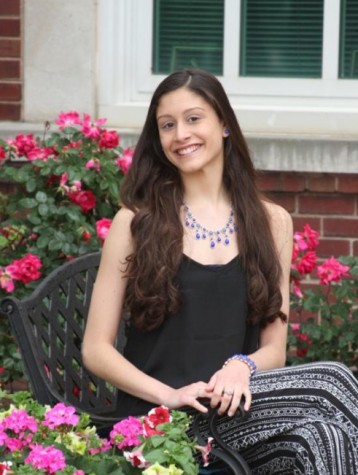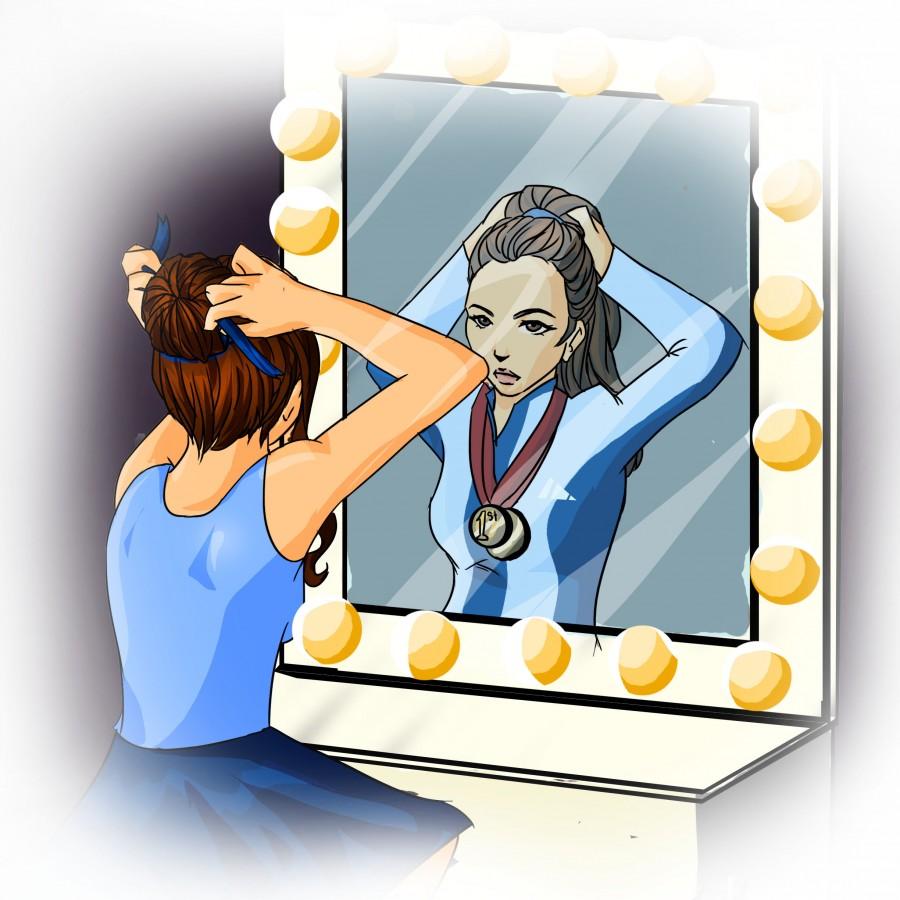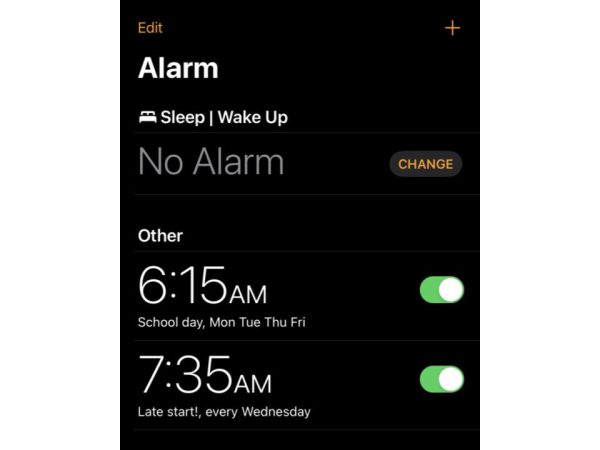Dancers: artists and athletes
Athleticism is a major component of the York culture. This is evident during Friday night football games, the homecoming pep rally, and other athletic events.
Besides rallying school spirit, athletics are vital for maintaining physical fitness and have been known to markedly improve overall performance at school. In this increasingly modernized world, it is essential that students maintain their physical fitness so as to mitigate the deleterious effects of a high fat, nutrient rich diet that can lead to various health concerns including heart disease, diabetes, and obesity – all of which are among the leading causes of mortality in the United States (Center for Disease Control).
Teachers here at York agree that as humans we are likely to succumb to diseases related to a high-fat, nutrient rich diet.
“Our bodies don’t know that we aren’t cavemen anymore,” said Kathy VanHoeck, a science teacher at York.
VanHoeck explains that as humans we are wired to hoard energy and when we are exposed to the calorie rich diet of a first world country, becoming obese is all too easy.
York athletics, in particular, require students to train intensively throughout the school week. It is for this reason that students have the opportunity to request athletic waivers which enable them to replace their state mandated P.E. class with an athletic study hall. While not all sports allow their athletes to waive out of gym, wrestling, for example, does not, many do. This inconsistency stems from coaches who feel their athletes benefit from additional physical exercise from classes such as Strength Training. Despite this discrepancy, however, there are numerous athletes that are given time in school to complete their homework.
Unfortunately, the only students at York eligible for these coveted P.E. waivers are student athletes involved in IHSA affiliated sports. Granted, it is fortunate that York is among the more liberal schools in granting athletic waivers which must be obtained through a petition to the state legislature.
However, this does not mean that only student athletes involved in IHSA affiliated sports should have the opportunity to exempt a P.E. class. Many York students engage in equally rigorous physical activities, ranging from club hockey and travel baseball to competitive figure skating and intensive dance companies.
“I do just as much as other people do for their in school activities, yet that is not considered enough to get a P.E. waiver,” said senior Anna Hubert.
Hubert, a company member of the Elmhurst Dance Theatre at DuPage Dance Academy, spends approximately 15 hours a week dancing and teaching ballet. Dance, although considered an artform, is also a sport. It not only requires an enormous amount of athleticism but also a tremendous degree of flexibility, artistry, and dedication.
Dancers are faced with the challenge of executing difficult steps in a seemingly effortless manner. Unlike football or soccer, dancers cannot grunt or scream in frustration. A dancer might be exhausted to the brink of collapse but they must continue dancing, suppressing any pain or discomfort.
Also, unlike most sports, dance does not have a “season.” At York, football and girls swimming takes place in the fall. Likewise, boys basketball and boys swimming takes place during the winter. Dancers, however, train relentlessly the entire year. Granted, there is off-season training for most sports. But dancers are always training at the same intensity throughout the year.
In addition to routine practice, there are additional rehearsal times for upcoming shows. These rehearsals can take up the better part of a weekend and involve four to five hours of continuous dancing. What is more, dancers often take on the role of assistants at their studios – helping their teachers train younger students.
Yet these dancers, who partake in at least an equal amount of physical exercise as other student athletes, are not given the same privileges as athletes who are directly affiliated with IHSA sports. Dancers, who spend a significant amount of time each week at a studio, must manage their homework load without the benefit of a study hall.
Advocates of the current athletic P.E. waiver policy might argue that the difficulty with granting athletic waivers to athletes not affiliated with IHSA sports, is ensuring that students and responsible parties (coaches, teachers, etc.) are accurately reporting the amount of time the student spends engaging in physical activity. However, this does not mean that we should abandon the opportunity for non-IHSA affiliated athletes to gain athletic waivers.
I am confident that dancers would appreciate the same recognition received by other athletes at York. I am also confident that they deserve the same recognition.
Dancers are athletes too… So why don’t they receive the same privileges as other York athletes?

Laura Swain, senior at York, is a Co-Editor in Chief for York-hi. She has been a dancer for 10 years and teaches ballet at the Elmhurst Park District....
















